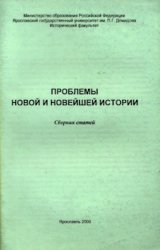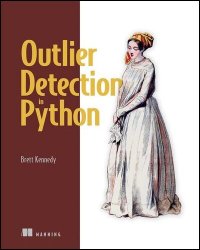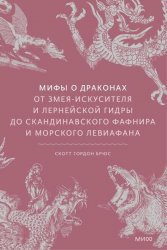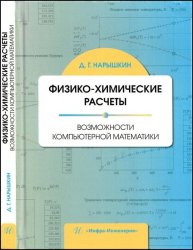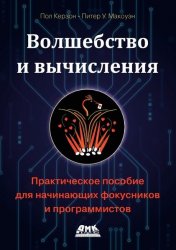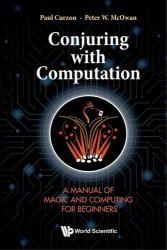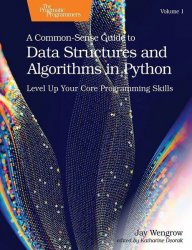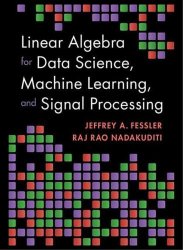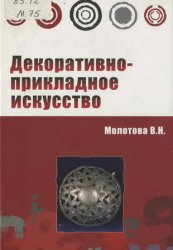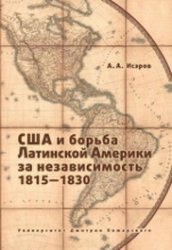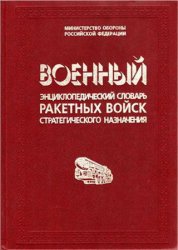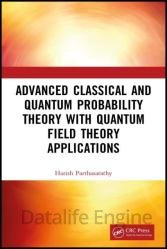 Название: Advanced Classical and Quantum Probability Theory with Quantum Field Theory Applications
Название: Advanced Classical and Quantum Probability Theory with Quantum Field Theory ApplicationsАвтор: Harish Parthasarathy
Издательство: CRC Press/Manakin Press
Год: 2023
Страниц: 263
Язык: английский
Формат: pdf (true)
Размер: 10.1 MB
This book is based on three undergraduate and postgraduate courses taught by the author on Matrix theory, Probability theory and Antenna theory over the past several years.
It discusses Matrix theory, Probability theory and Antenna theory with solved problems. It will be useful to undergraduate and postgraduate students of Electronics and Communications Engineering.
The portion on matrix theory covers basic linear algebra including quotient vector spaces, variational principles for computing eigenvalues of a matrix, primary and jordan decomposition theorems for nondiagonable matrices, simultaneous triangulability, and basic matrix decomposition theorems useful in statistics, signal processing and control. It also covers Lie algebra theory culminating the celebrated root space decomposition introduced by E.Cartan of a semisimple Lie algebra in terms of Cartan subalgebras and root vectors and also some interesting topics in control theory like controllability of partial differential equations of mathematical physics including Maxwell’s equations, Dirac equation and their quantum versions. By control of a quantum system comprising electrons, positrons and photons described by the second quantized Maxwell and Dirac equations, we mean the design of classical control fields like current and electromagnetic fields so that the resulting radiation pattern genererated by the electron positron field will have spacetime moments that provide a good match to a given set of moments. Some discussion on large deviation theory in control has also been included involving designing control fields for pde’s driven by weak stochastic noise so that the probability of deviation of the controlled field from a prescribed set of fields by an amount greater than a given threshold is a minimum. For constructing the irreducible finite dimensional representation of a semisimple idea, we discuss the notion of maximal ideals of the universal enveloping algebra of a semisimple Lie algebra the oneone correspondence between the irreducible representations and maxi mal ideals. The second part of the book deals with probability theory and we introduce Brownian motion, Poisson process and some of the features assoociated with such processes. The third part of the book covers basic antenna theory including far field radiation pattern by a current source at a given frequency, quantum electrodynamics within a cavity described by the coupling of the second quantized Maxwell and Dirac fields and how to control these cavity fields so as to get a far field radiation pattern having prescribed statistics in a coherent state of cavity photons and Fermions.
This portion of the book also introduces the quantum Boltzmann equation in the presence of electromagnetic fields and how from the resulting nonlinear evolution of the density matrix, we can compute the refractive index of materials from quantum averages of electric and magnetic dipole moments. We demonstrate how the refractive index computed in this quantum mechanical way will generally be field dependent. We also show that if gravitational effects are taken into account, for example the metric tensor of spacetime in an expanding universe, then Dirac’s equation will have to be modified by the presence of background curvature and hence the resulting quantum Boltzmann equation will contain gravitational terms thereby causing the refractive index to depend on the spacetime metric of gravitation.
Скачать Advanced Classical and Quantum Probability Theory with Quantum Field Theory Applications
[related-news] [/related-news]
Комментарии 0
Комментариев пока нет. Стань первым!
